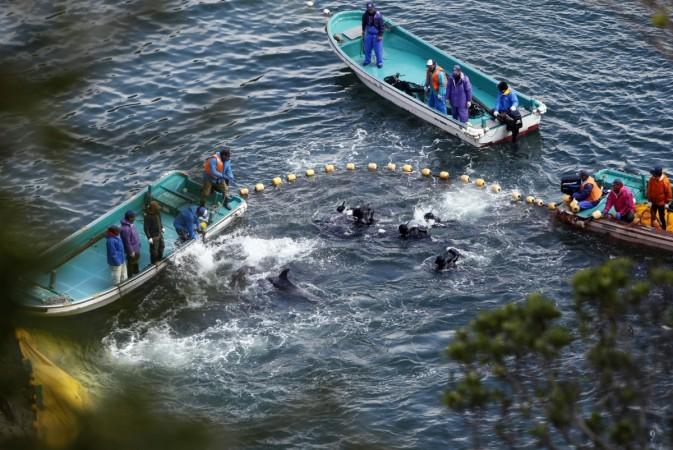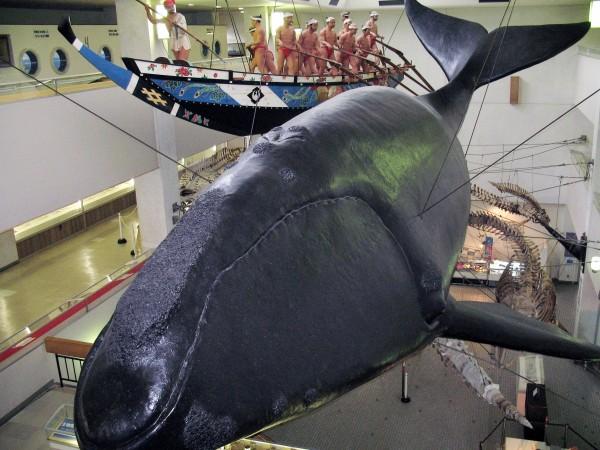Some of the worst inhumane acts are done by humans. One example of it is the brutal killings of dolphins in Japan's infamous "Red Cove," which got its name after the water in the cove turns completely red due to the slaughtering of dolphins. Just this year, the water in the cove has turned red six times, which is a result of a common practice year after year.
A Japanese fisherman was filmed holding a baby dolphin underwater, then seen dragging the struggling mammal under the trampoline to slaughter it. The horrific video was shot in Taiji, a small coastal town in Wakayama Prefecture, where the documentary The Cove was filmed, in September and recently shared on Facebook by animal rights NGO the Dolphin Project.
Ren Yabuki, Director of animal rights NGO the Life Investigation Agency (LIA), witnessed the cruelty towards the calf, saying it was no more than three months old. Yabuki said the fisherman might have killed the calf by a method called "pithing."

What is pithing?
Pithing is a common way to slaughter the mammals in the cove. It involves driving a metal rod into the dolphin's back to sever its spinal cord. Often, fishermen and boats herd the mammals into a cordon using nets to trap them and it takes several attempts of driving the metal rod into the sea creatures while they are still alive.

What's worse is that the Japanese Government says the process of "pithing" is actually a humane way of slaughtering dolphins. The question of killing the depleting number of creatures does not even occur to be a problem to the government and maintains a totally ridiculous stand on the so-called humane way of slaughtering the mammals.
Dolphin hunting is seasonal
Every year, the Japanese government sets a quota for the amount of each type of dolphin that can be slaughtered legally. For the current year (2020/21), fishemen are free to kill 1,749 dolphins, which include the bottlenose, rough-toothed, and false killer whale species. The creatures are either killed for their meat or captured alive to be sold in the trade.

"The Fisheries Agency of Japan (FAJ) is responsible for the management of cetaceans [whales and dolphins] and has conducted a series of scientific researches on cetaceans. Based on the results obtained from those researches, it calculates and sets catch quotas for dolphin fisheries species by species every year. The FAJ has closely collaborated with relevant prefectural governments for the management of dolphin fisheries, and the dolphin fisheries in Taiji has been properly done so with the Wakayama prefectural government," 9News quoted Fisheries Agency of Japan's 'Whaling Affairs Office' as saying.









